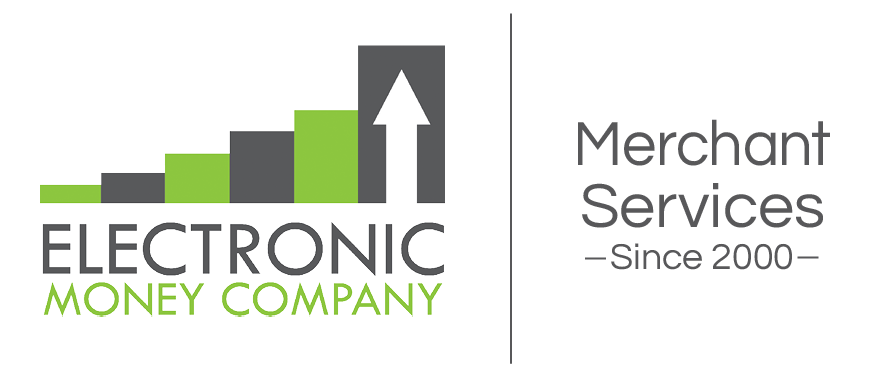Click here to watch the video
You deserve to know how much you are paying your processor for their services. I am going to teach you the difference between tiered pricing and interchange pricing plus talk about flat rate pricing.
Hi Gingergaye here with Electronic Money Company and I’m going to teach you how to read a Merchant Statement and understand the numbers that are on that statement.
First I want to explain to you that there are two basic types of fee structures. One is called tiered and the other one is called interchange plus or cost plus. The wholesale rates for credit card processing are actually tabled in a thousand different categories. I’m serious about this. There are a thousand different rates a card can come in by and so a tiered structure takes those rates and buckets them into three buckets, usually called qualified, mid qualified and non-qualified.
The interchange plus type of structure actually gives you the interchange rate, the exact wholesale interchange rate of the card, plus the fees for visa mastercard and then adds on a plus or what the processor is going to make on top of the wholesale rates in order to service your account.
In cost plus you’ll know exactly what you’re paying your processor. In tiered it’s you won’t know exactly but it’s easier to understand if you like the basics of three simple rates. I also want to qualify the tiered by explaining that sometimes somebody has one flat rate. That means they pick a rate that is usually a little on the high side and it covers all the categories. PayPal does this; they have one rate, one transaction fee, one monthly fee, that’s it.
Then there are some companies which actually have more than three tiers. They might have a fourth tier for debit, sometimes they have a cost plus, when it’s keyed in or from the internet, giving you up to six tiers. But what I’m going to show you is a basic three tiered rate statement and then a simple cost plus statement.


